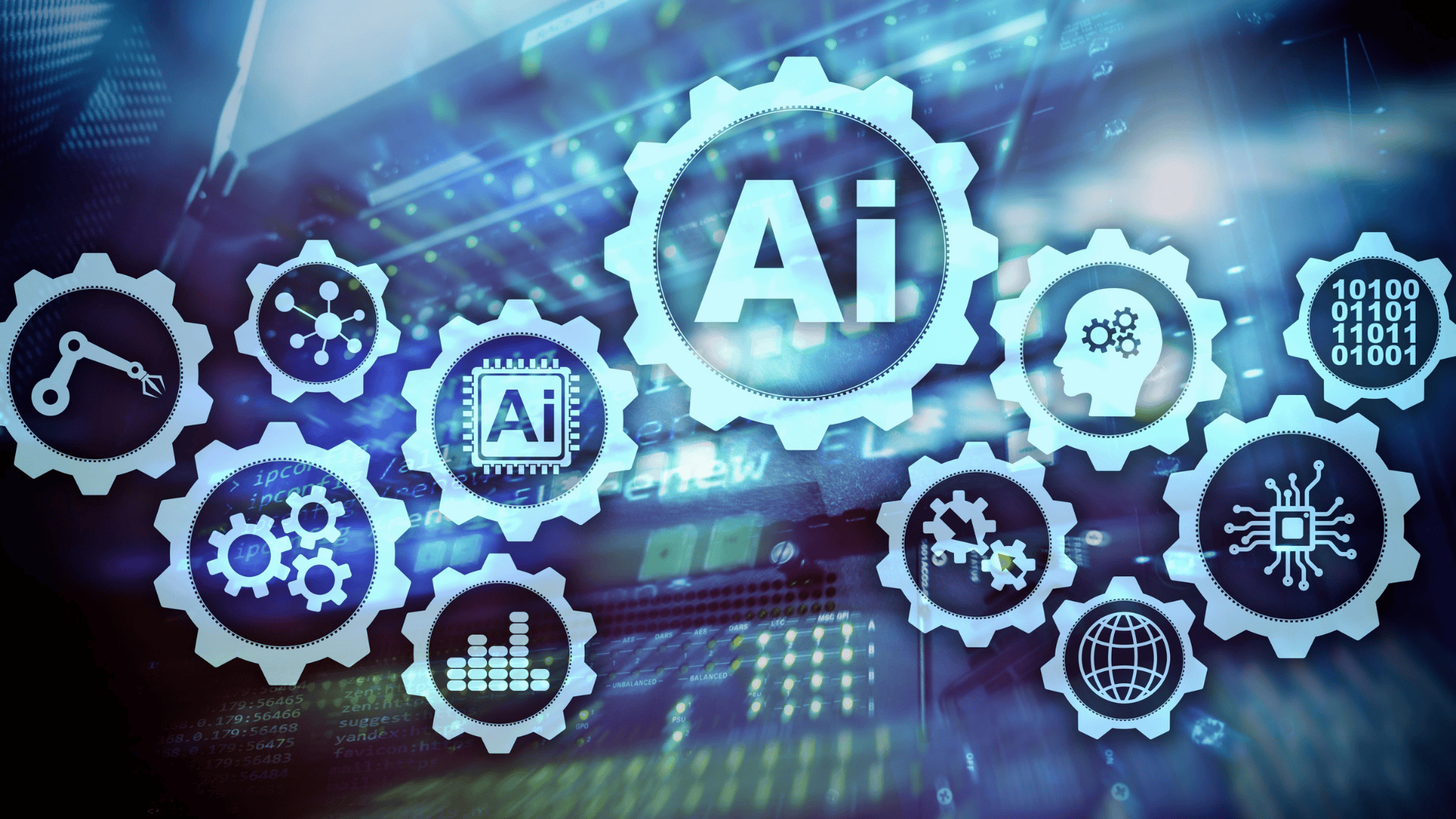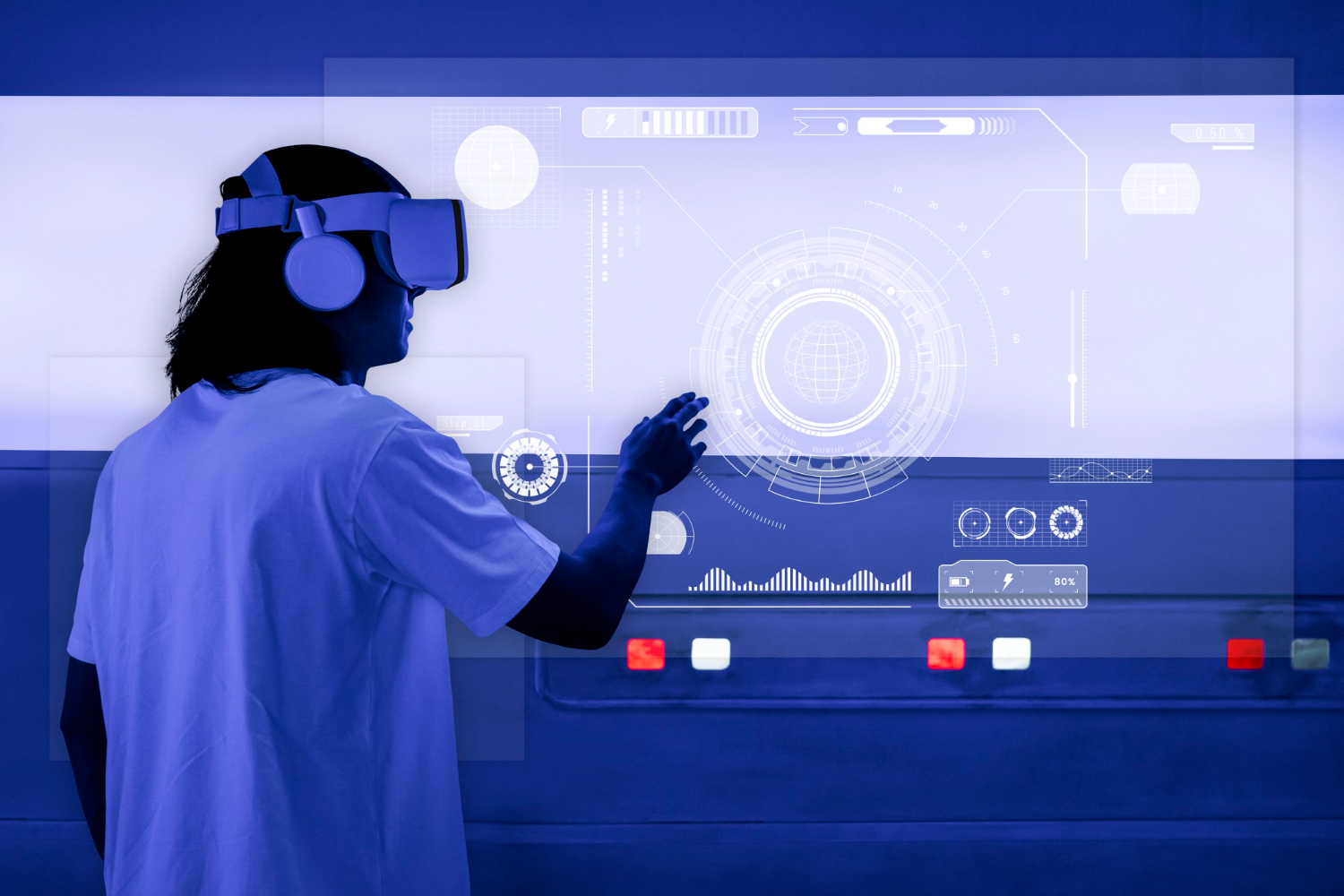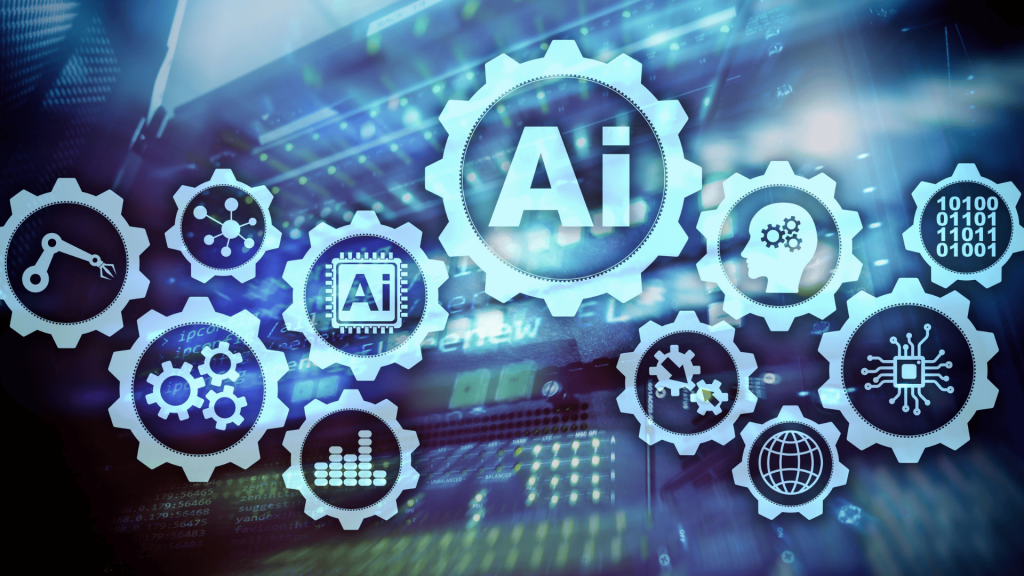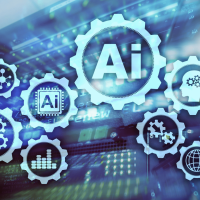AI product development means building a tool or system that can learn, make decisions, or help users do something smart or automatic. This might be a chatbot that answers questions, a tool that writes emails, or a camera that knows what it sees. Behind these tools, there’s a process: thinking, testing, building, fixing, and finally sharing it with the world. It’s not just coding. It starts with a problem and ends with something useful people can use.
This kind of development takes a mix of skills: product thinking, design, and engineering. You don’t just build for fun. You build to solve something. And when done well, it feels simple, even if the tech behind it is not.

How AI Is Used in Real-World Products
Everyday tools are getting smarter because of AI. But what is it really used for? Let’s call this part: “Where smart meets useful.” People use AI product development to make apps that help with writing, talking, seeing, or even thinking. You’ve probably spoken to a chatbot that books your ticket. That’s AI. Or maybe you’ve seen photos where the background changes like magic. That’s also AI.
Here’s where AI shows up in products:
- Customer support that answers instantly
- Email sorting or spam detection
- Apps that write social media captions
- Cameras that spot faces
- Search tools that guess what you mean
Now, not all AI is big and shiny. Some of it works in the background. Like when you type something and the next word shows up. That’s a tiny bit of AI helping out.
In short, AI is used to cut down time, reduce mistakes, and help people get more done. The goal of AI product development isn’t to replace humans—it’s to help them do more with less stress.
How an AI Product Is Made Step by Step
Let’s break down how AI product development works. We’ll go from idea to launch, using plain talk. This is what it looks like in action.
Spotting the Problem
Every smart product begins with a simple question: What’s broken, boring, or slow? Before building anything, you need to understand the pain. What are people struggling with? What’s too slow, too hard, or too annoying? That’s your starting point. This step is all about listening. Talk to people. Watch them work. Don’t guess. A good AI MVP always starts with a real problem, not just an interesting one.
Sketching the Solution
Now that you know the problem, how will AI help? At this point, you aren’t coding yet. You’re sketching. What should the product do? Should it answer questions? Spot patterns? Make choices? Think simple. You don’t need to build everything at once. In fact, the best plan is to start small. This is where AI MVP development matters. Your first version—your minimum viable product—should do just one thing well. It’s tempting to go big. But starting small helps you test fast and fix early.
Collecting the Right Stuff (The Quiet Work)
Before AI can do anything smart, it needs examples. A lot of them. This is where the quiet work begins. You need to collect samples: texts, photos, sounds, anything the AI can learn from. This is called your training set. It’s like giving the AI a brain. Without this step, you’re just guessing.
This part of the AI development life cycle is messy and slow. Sometimes you’ll find out you don’t have the right examples. Sometimes you’ll find mistakes. That’s okay. Better to catch it now than later.
Training and Testing
Now comes the exciting (and frustrating) part: you teach the AI. You feed it your examples. It learns patterns. It makes guesses. And then… it gets things wrong. A lot. But that’s part of the deal.
The goal is not to make it perfect. The goal is to make it useful. That means testing again and again. Watch where it messes up. Fix those parts. Keep going. Some people get stuck here. They want 100% accuracy. But even humans don’t get that. Sometimes, good enough is good enough to move forward.
Building the Front Door
An AI tool doesn’t work in a vacuum. It needs a way to talk to people. So now you build the part that users see. It might be a simple screen, a chat box, or even a mobile app. This is where people type, click, or speak.
The trick is making it feel simple, even if the brain behind it is complex. If it’s too confusing, no one will use it. Keep it clear. Keep it fast. And above all, make it useful from the first click.
Feedback, Fixes, and Final Touches
After launch, it’s not over. It’s just beginning. People will use the tool in ways you didn’t expect. Some will love it. Some will break it. That’s normal. This is where you listen again. Watch what works. Fix what breaks. And if needed, go back a few steps.
AI products are living things. They don’t stop growing. So you have to keep feeding them better examples and adjusting the experience. That’s how smart tools stay smart.

Key Steps and Takeaways
AI product development doesn’t start with code. It starts with a problem. And it doesn’t end at launch. It ends when the product works well for the people who need it. You don’t need a perfect plan. You need a clear path. First, learn what matters. Then, build a small version. Train it. Test it. Share it. And repeat.
An AI MVP is your first test. Not your final one. Keep listening. Keep fixing. That’s how real products grow. If you treat the whole AI development life cycle as a loop, not a straight line, you’ll build something real. Something people can use. Something they’ll want to keep using. And that’s when you’ll know your AI isn’t just intelligent, it’s useful.

Founder Dinis Guarda
IntelligentHQ Your New Business Network.
IntelligentHQ is a Business network and an expert source for finance, capital markets and intelligence for thousands of global business professionals, startups, and companies.
We exist at the point of intersection between technology, social media, finance and innovation.
IntelligentHQ leverages innovation and scale of social digital technology, analytics, news, and distribution to create an unparalleled, full digital medium and social business networks spectrum.
IntelligentHQ is working hard, to become a trusted, and indispensable source of business news and analytics, within financial services and its associated supply chains and ecosystems










